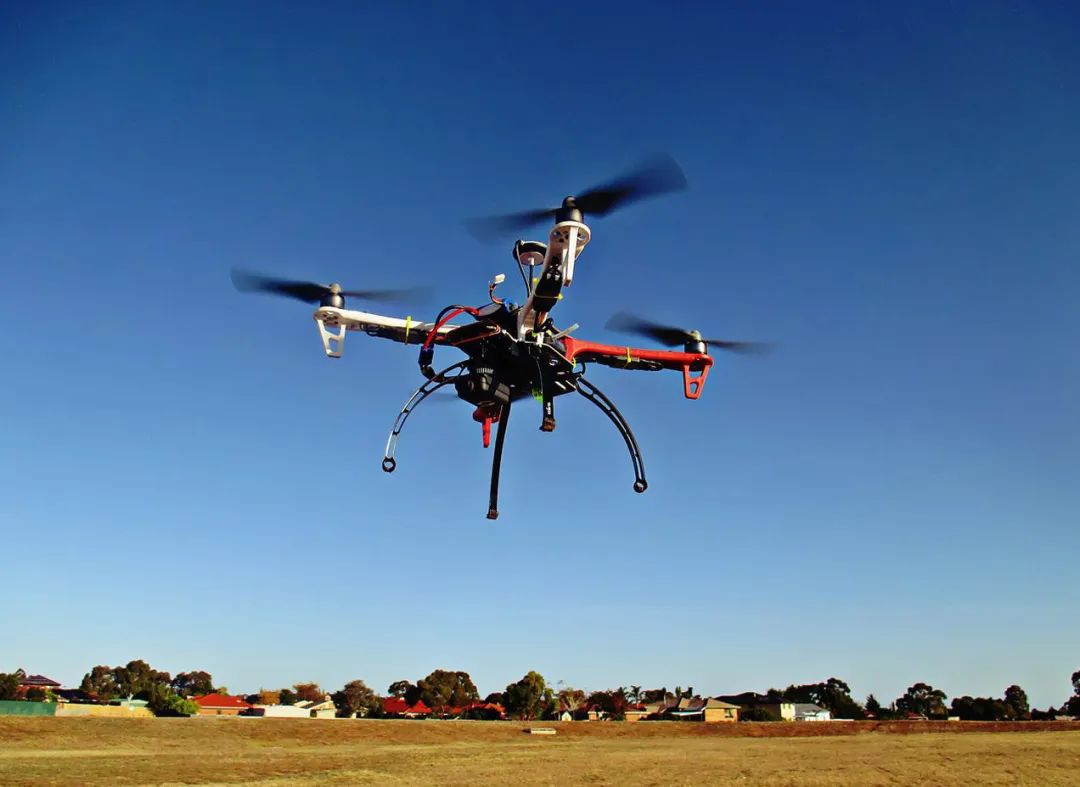In recent years, the integration of drone technology in emergency response has drastically transformed the landscape of first aid and crisis management. The utilization of drone as first responder has allowed for efficient communication, rapid deployment, and enhanced situational awareness which traditional methods cannot match. These aerial devices serve a multitude of purposes, ranging from search and rescue missions to delivering critical supplies in life-threatening circumstances.
Unprecedented Speed and Access
The ability of drones to bypass obstacles and get to difficult terrains provides a speed advantage that ground vehicles cannot achieve. This is particularly vital in environments where every second counts, such as locating individuals in perilous situations, or assessing damage in the aftermath of natural disasters. With technologies such as high-resolution cameras and thermal imaging, drones can swiftly survey large areas, literally amplifying the eyes and ears of first responders.
Efficiency in Search Operations
Traditional search methodologies often demand extensive manpower and time, especially in scenarios involving wide, inaccessible zones. Drone technology presents an efficient solution by reducing the human resource requirements while accelerating the pace of operations. Equipped with advanced mapping and GPS capabilities, drones offer precise location data that enhances the coordination and execution of search operations. This evolution marks a significant shift in deploying drone as first responder, making it indispensable in the realm of emergency management.
Ideal for Rapid Assessment
Drones are particularly useful for conducting rapid assessments immediately following incidents such as earthquakes, floods, or fires. The ability to gather real-time, high-definition footage allows emergency teams to assess the severity and scope of situations without having to wait for ground reports. This immediacy aids in efficiently allocating resources and strategizing subsequent actions.
Moreover, drones equipped with night vision cameras can operate seamlessly even in low-lighting conditions, eliminating delays associated with such environments.
Delivery of Medical Aid
Another breakthrough function of drones is the delivery of medical supplies and life-saving tools. In isolated or hard-to-reach areas, drones can transport necessary equipment such as defibrillators, medications, or even blood products, thereby creating bridges where conventional logistics fail. This profound impact is realized through predefined flight paths enabled by GPS technology, ensuring precise delivery locations.
Mental Health Assistance
It is noteworthy that drones have begun playing a role in mental health crisis management. Timestamped images and live video feeds can give mental health professionals the information they need to interact effectively and safely with individuals experiencing a crisis.
Crowd Control and Surveillance
The surveillance capabilities of drones aid in maintaining public order during large gatherings or events that could potentially escalate. With their ability to provide comprehensive surveillance images and videos, drones allow law enforcement and security teams to monitor crowds and manage risks proactively.
Ethical Considerations and Privacy
While the advantages of drones are captivating, their use raises questions about privacy and ethics. It is crucial for regulations to be established to ensure drones are operated within legal frameworks and respect the privacy of individuals. Balancing safety benefits with ethical concerns will be key to sustainable drone integration.
FAQs
- What regulations govern the use of drones in emergency response?

Regulations vary globally, but most regions require drones to be operated within the line of sight and may restrict usage in certain areas to ensure safety and privacy. - How reliable are drones in adverse weather conditions?
While technology is constantly evolving, drones can encounter difficulties in adverse weather such as strong winds or heavy rain, which may affect their operation. - Can drones replace human efforts in emergency situations?
Drones are invaluable tools that complement human efforts. Their role is to enhance efficiency and provide support but not completely replace human intervention.

As we continue exploring the capabilities and applications of drone as first responder, it becomes increasingly evident that the integration of drones will play a pivotal role in shaping the future of emergency response efforts.